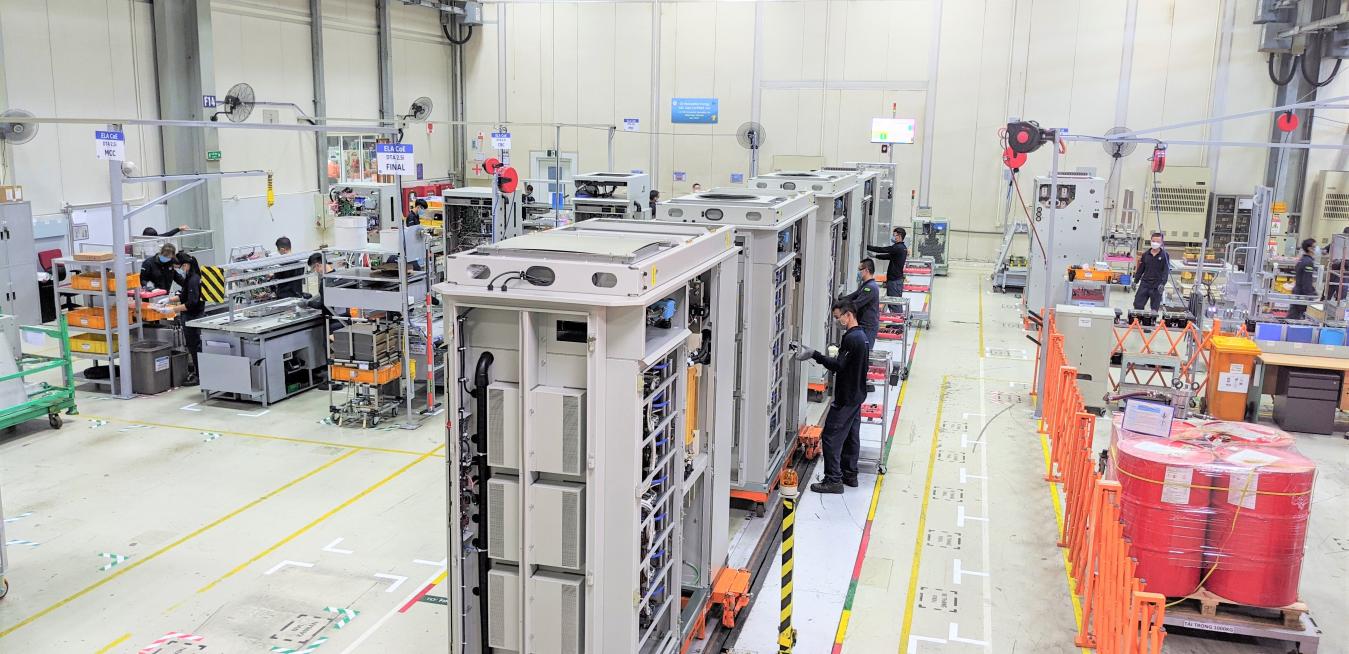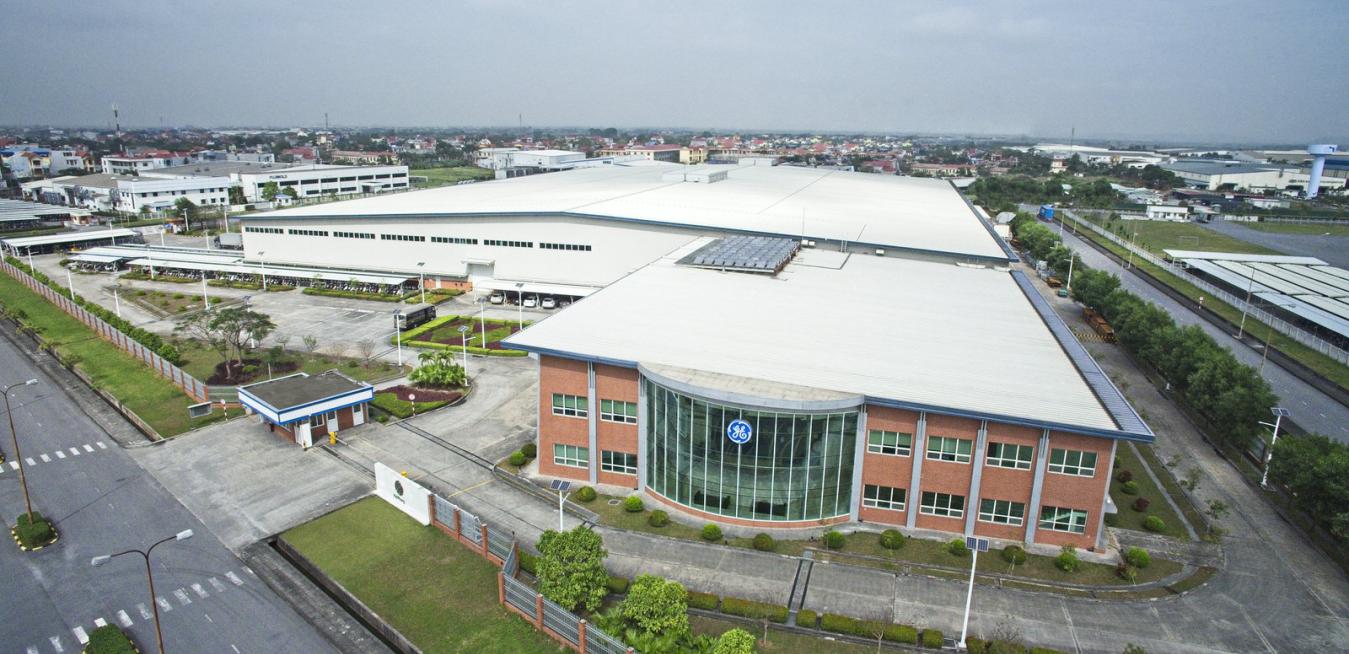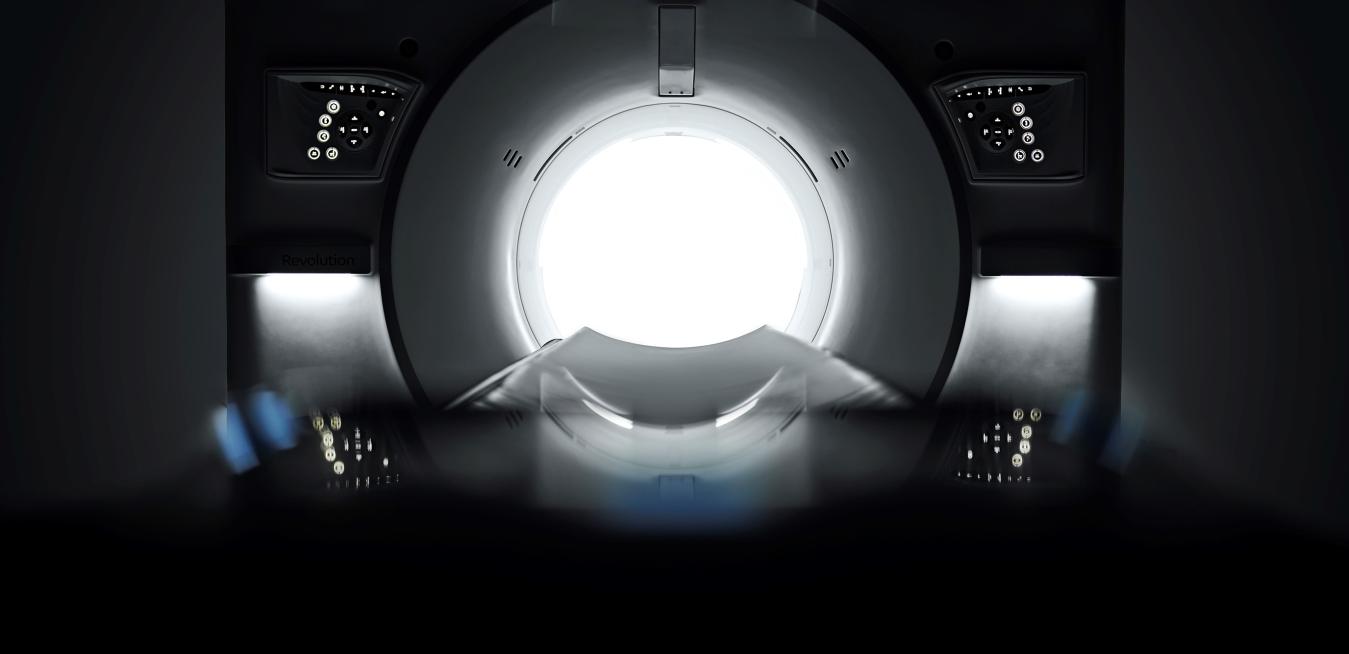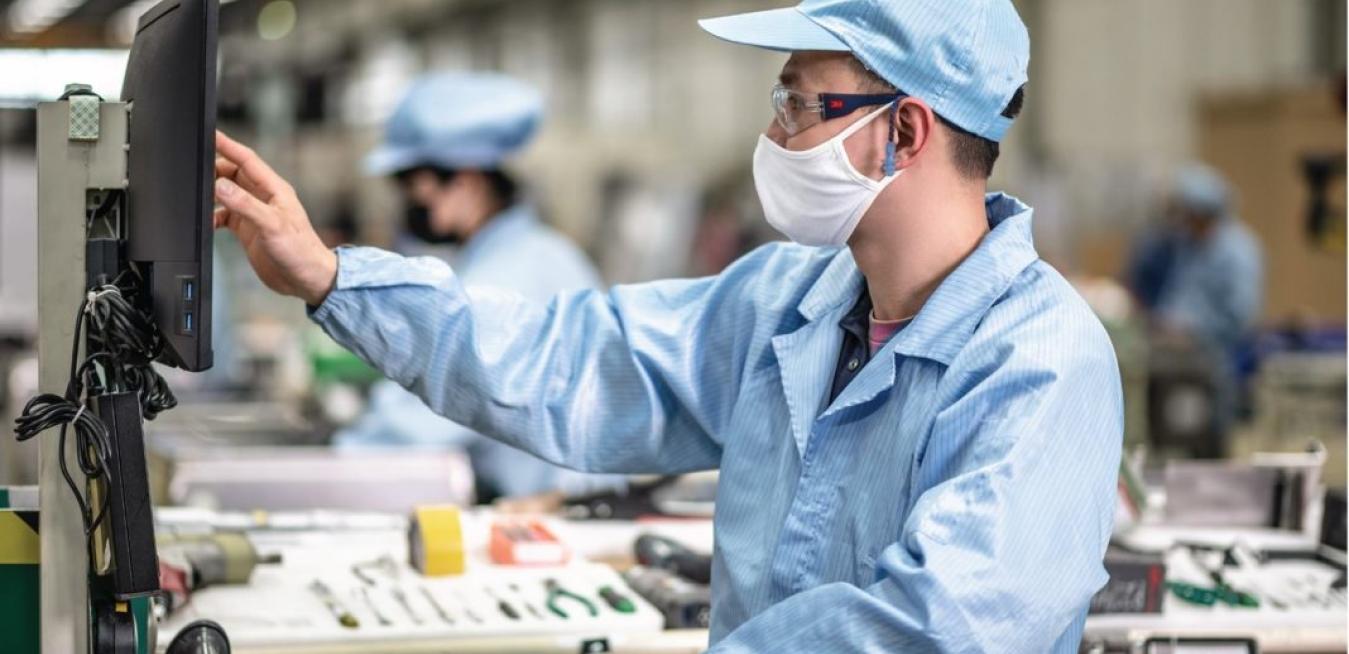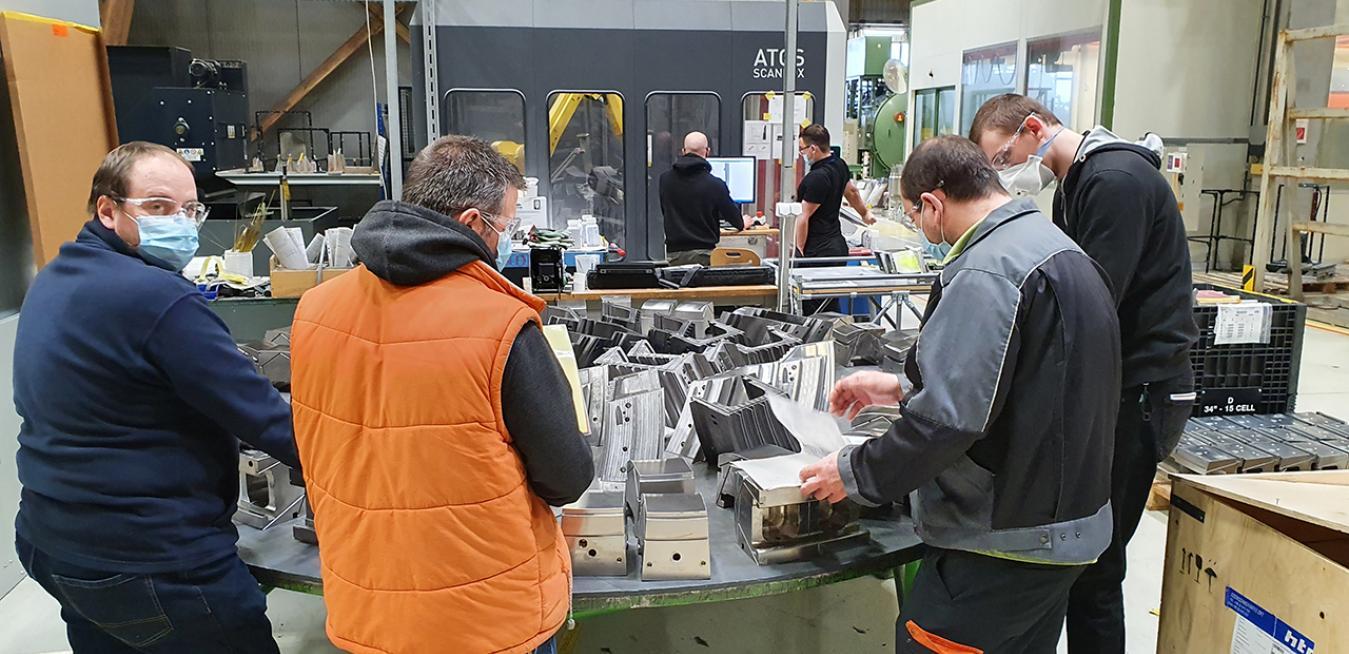News and insights from Vietnam
As healthcare companies continue to make great strides in innovation, women hope to become even bigger players in the field, both with regard to the technological advances and in bringing effective, real-life changes to healthcare for women around the world.
New turboprop engine will elevate the aviation market to new heights, plant-based flu and COVID-19 vaccines, a synchronized camera-projector system that can turn an ordinary tabletop into a touch-screen-like interface – This week’s coolest things turn over a whole new leaf.
A way that opens new design options for plane-makers

With 28 years of presence in Vietnam, GE has left significant footprints across key business sectors: roughly 30 per cent of all power generation in Vietnam is powered by GE technology; more than half of clinics and hospitals in Vietnam have at least one piece of GE’s medical equipment; GE’s advanced aircraft engines power more than half of aircrafts in ASEAN and Vietnam is no exception… These achievements are the relentless efforts of more than 1,700 GE employees across the country.
As a part of its localisation strategy, GE has been reinforcing trainings and technology transformation in Vietnam over the years. The strategy proves to be heading towards the right direction when the pandemic happened. While foreign experts’ movement was restricted, the Vietnamese crew has managed to ensure a smooth production for highly digital facilities.
By Amit Phadnis, chief digital officer at GE Healthcare
In some day, human can travel by flying car, can see in the dark and discover the mystery of quantum world… This month’s coolest things, which brings you recent highlights from our column, are a trip back to the future.

Photon-counting CT scanners. Image: GE
Established in Vietnam since 1993, GE has been an integral part of the country’s economic integration and development. During these 28 years, GE has strived to improve local suppliers’ capacity, bridging Vietnam’s high-tech products to the global supply chain.
When Sanford Moss patented an ingenious gas turbine more than a century ago, he hoped the device would change the world. And it eventually did, though not in the way he originally imagined.
A team of researchers and engineers at Prismatic Sensors AB have developed a revolutionary new way to capture and analyze X-rays that promises to significantly boost the imaging power of computed tomography (CT) scanners.
Using hypersensitive silicon X-ray detectors and a technique called “photon counting”, the new method can potentially let doctors see deep inside the human body with greater clarity while exposing patients to less radiation than conventional CT scans.
In the 1970s, a team of researchers from the Massachusetts Institute of Technology traveled to Japan to figure out why that country’s automakers were delivering cars faster than their competitors in Detroit. Their search led them to Toyota and its Toyota Production System — a set of management principles focused on boosting safety, quality and efficiency, reducing waste and creating more value with fewer resources.







